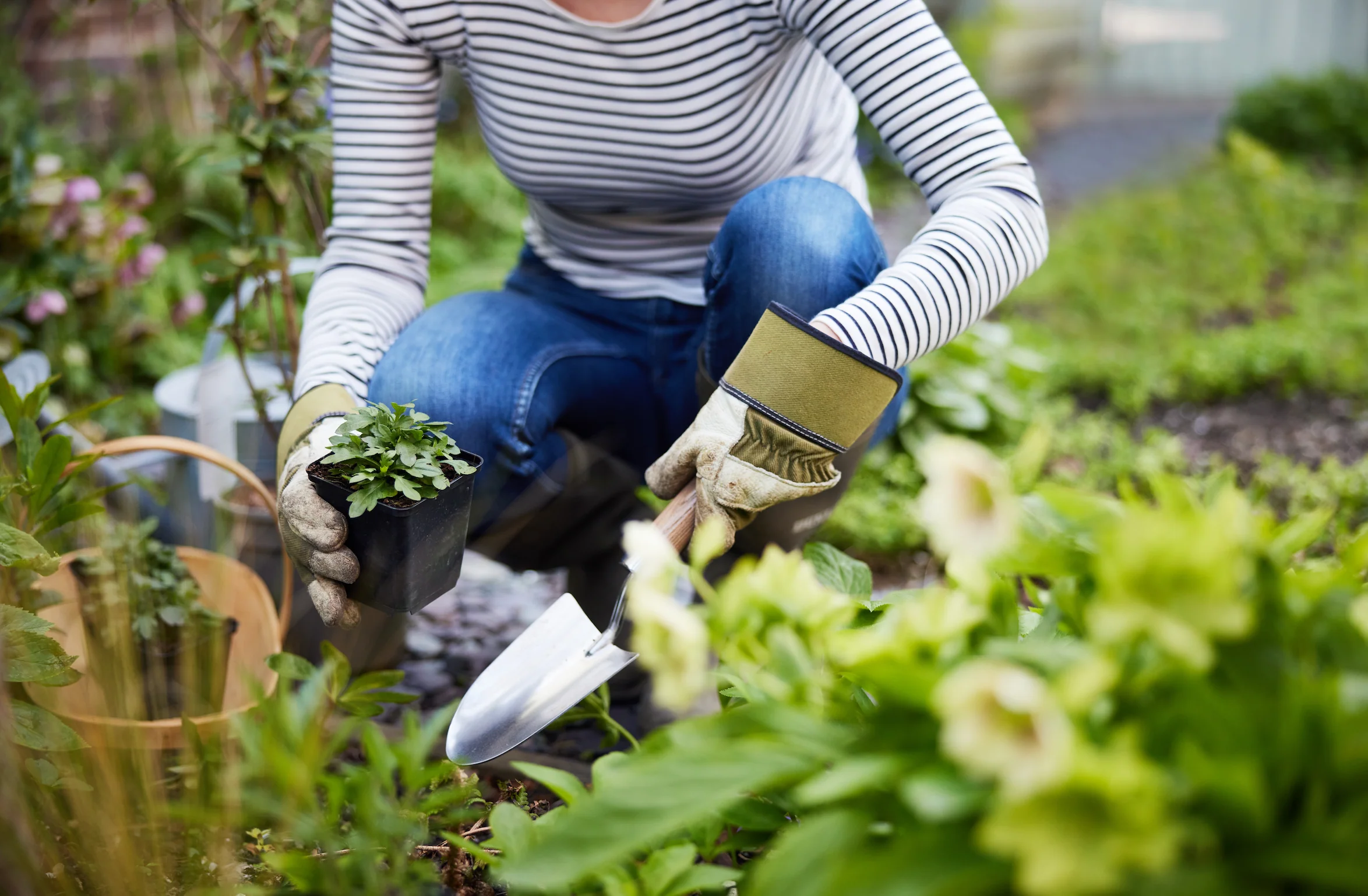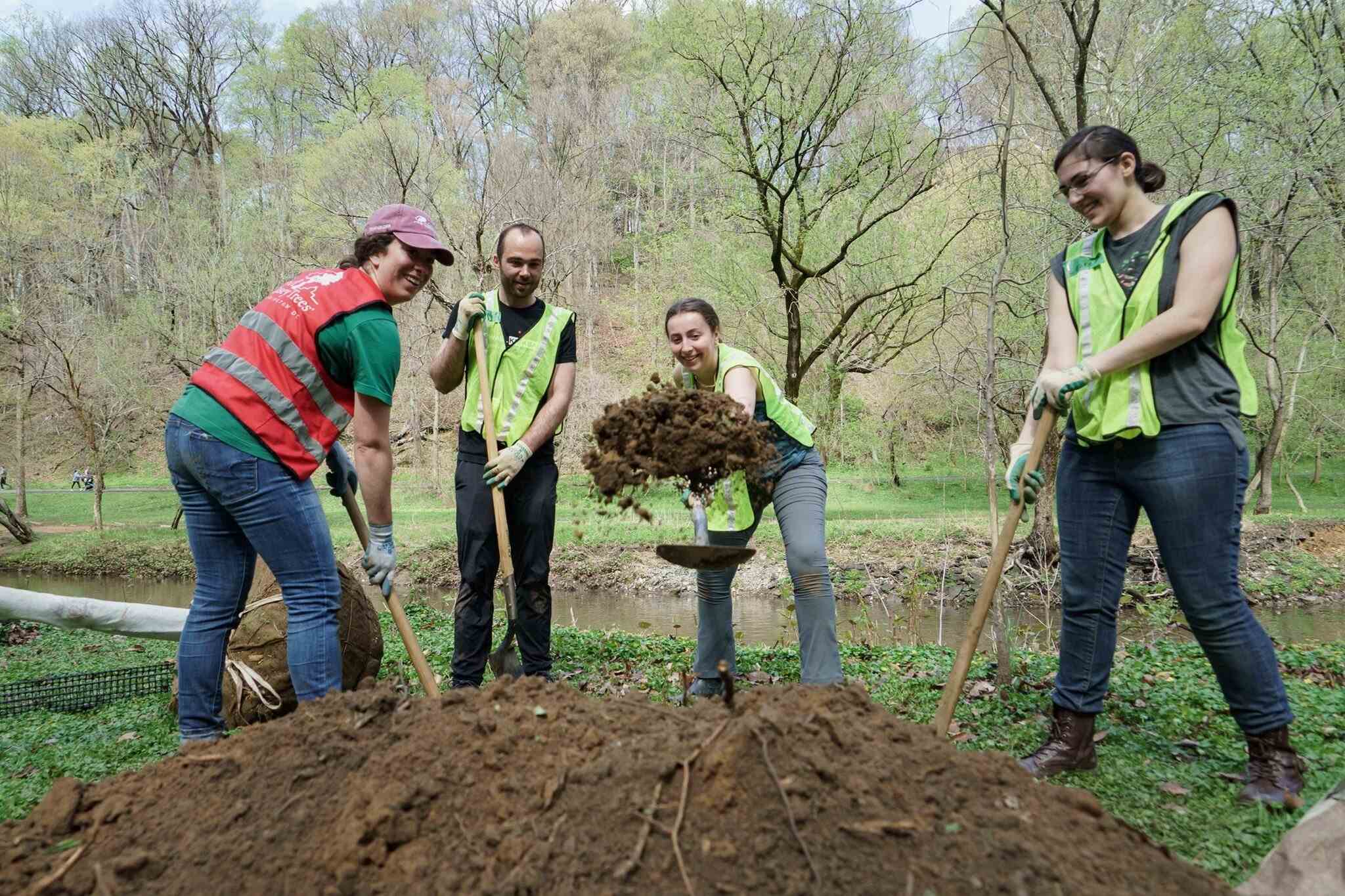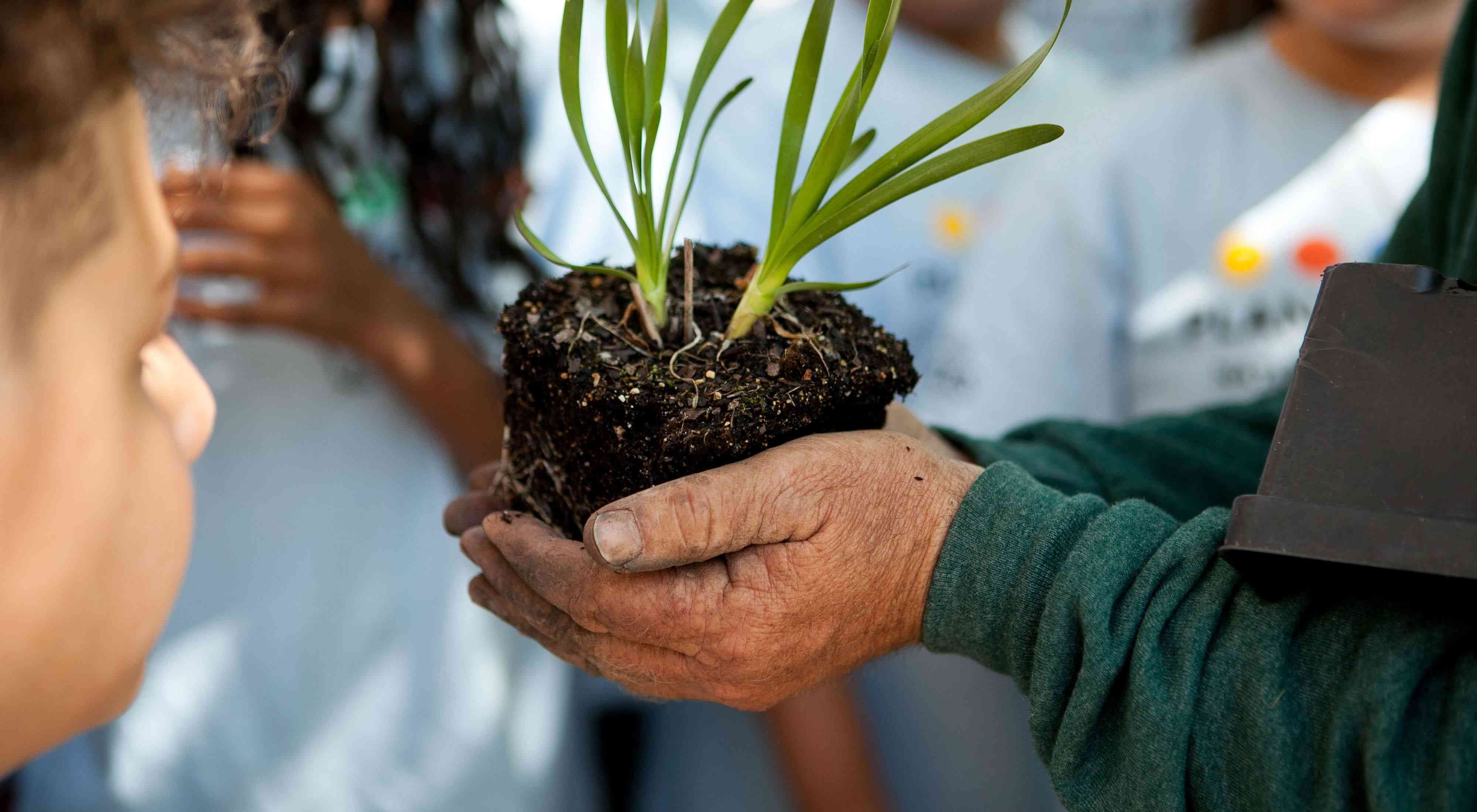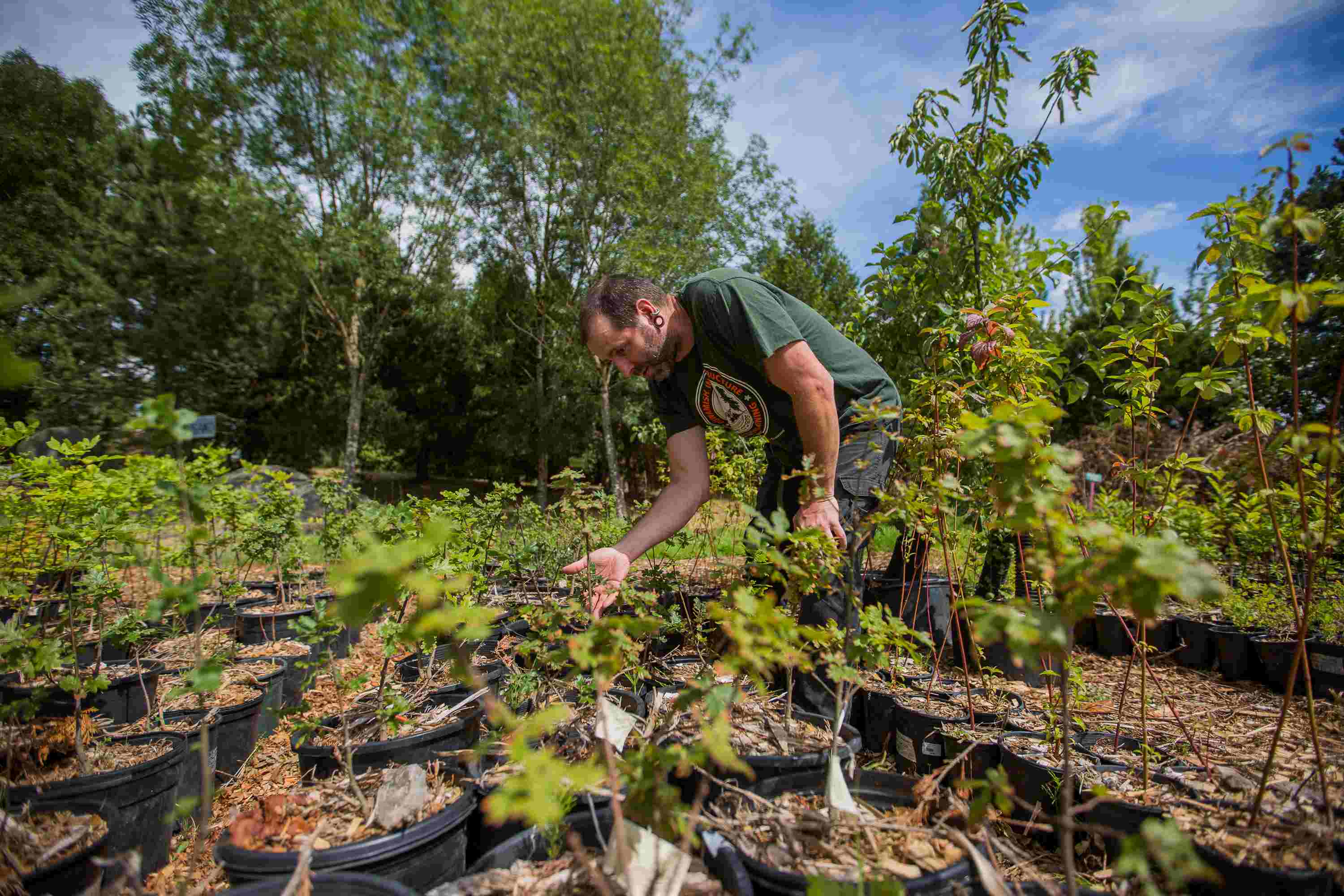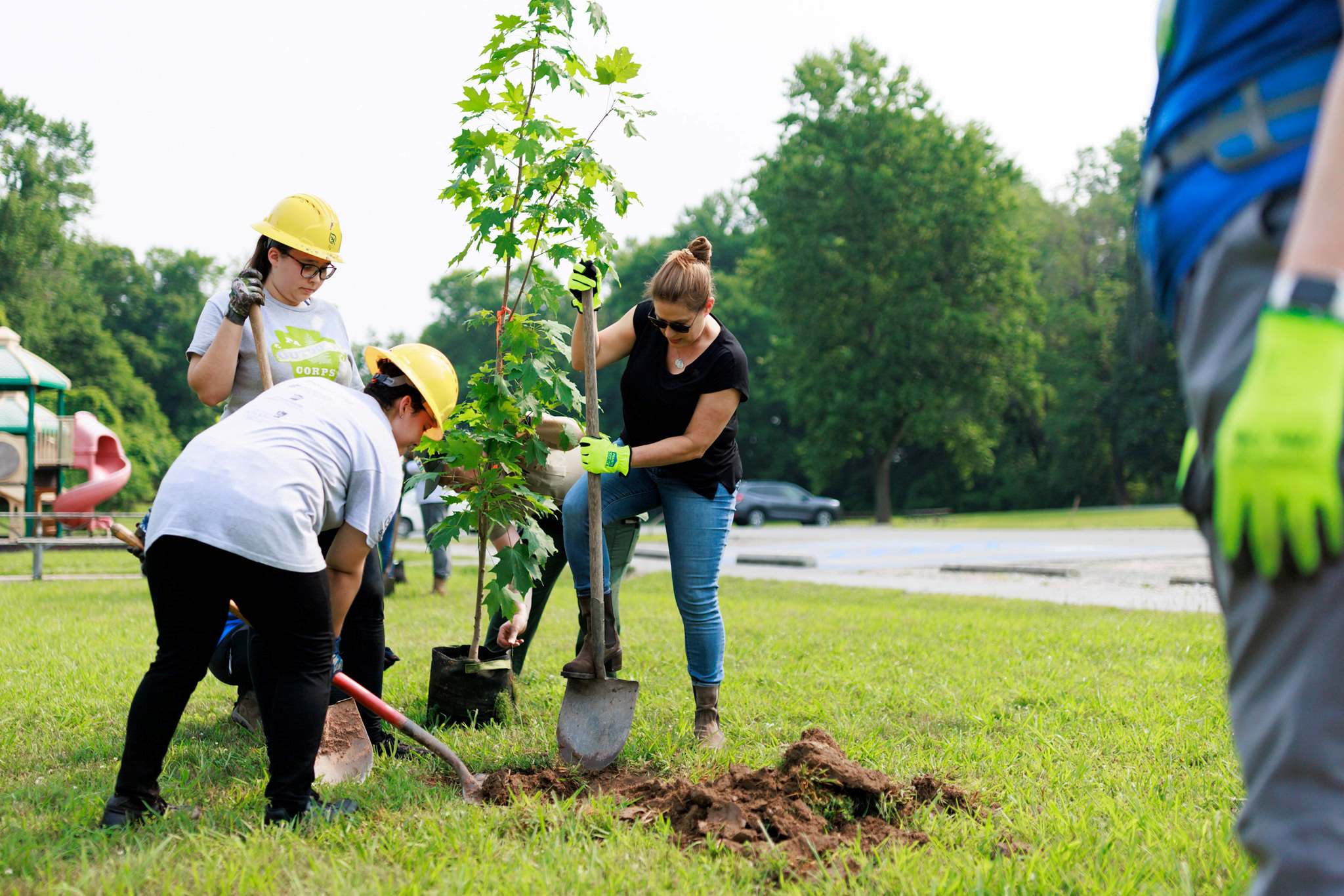Home>Gardening Basics>Understanding Soil>What Zone Is Indiana In For Planting
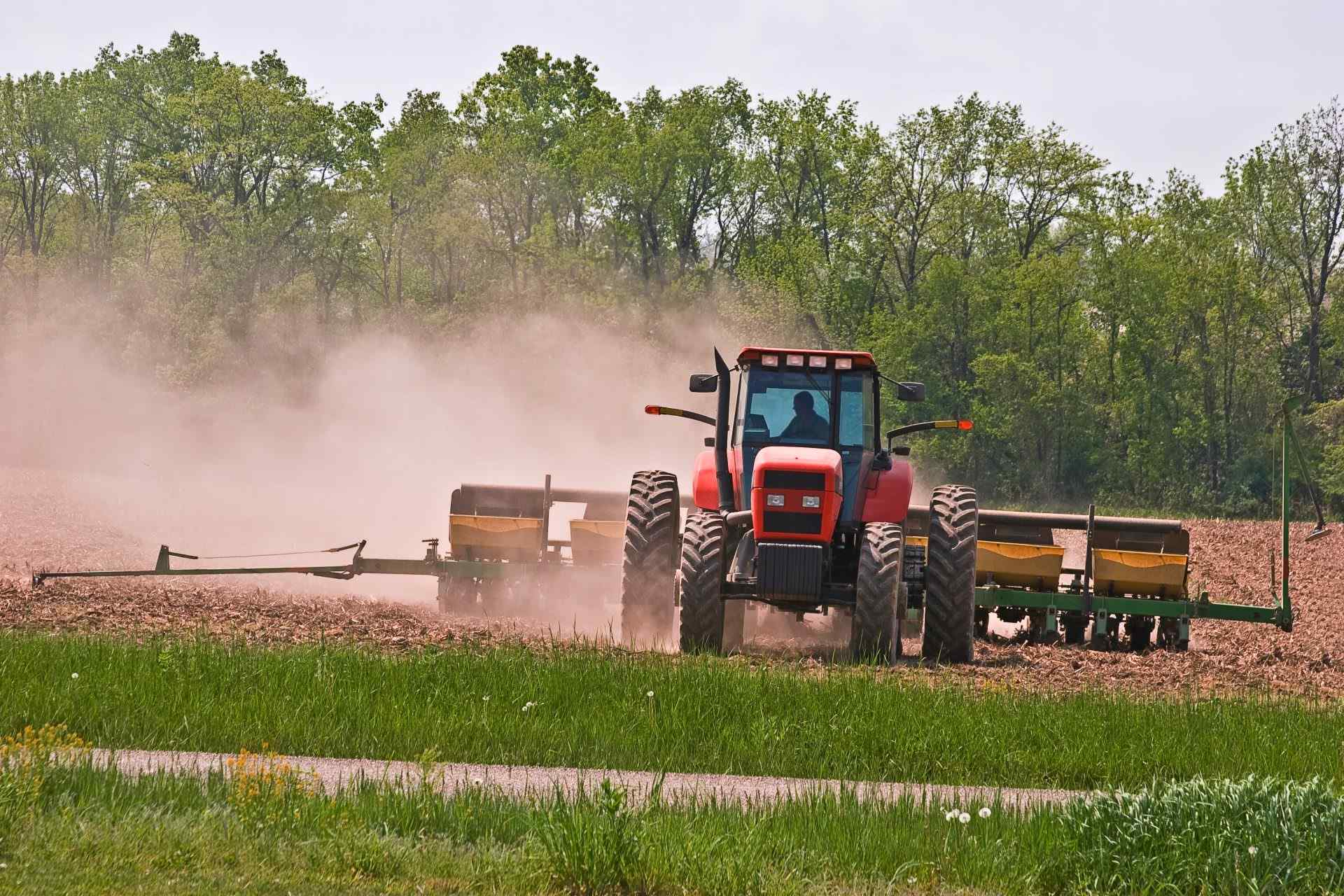

Understanding Soil
What Zone Is Indiana In For Planting
Modified: January 22, 2024
Discover what zone Indiana is in for planting and learn how understanding soil can help ensure successful gardening in the area.
(Many of the links in this article redirect to a specific reviewed product. Your purchase of these products through affiliate links helps to generate commission for Chicagolandgardening.com, at no extra cost. Learn more)
Table of Contents
Introduction
When it comes to gardening and planting, one of the most crucial factors to consider is the planting zone. The planting zone indicates the area’s suitability for growing and cultivating various plants based on its climate and environmental conditions. In the United States, the United States Department of Agriculture (USDA) has developed a system to classify different regions into specific planting zones.
For gardeners and plant enthusiasts in Indiana, it is essential to understand the planting zones in the state. By knowing the specific zone, gardeners can make informed decisions about what plants are most likely to thrive in their area and provide the optimal conditions for successful growth.
Indiana, located in the Midwestern region of the United States, experiences a diverse climate that can vary significantly across the state. The factors influencing the planting zones in Indiana are multifaceted, including the state’s latitude, elevation, proximity to lakes and rivers, as well as prevailing wind patterns. Understanding these factors can help gardeners select the right plants that can withstand the climate and thrive in their specific zone.
In this article, we will delve into the different USDA planting zones in Indiana, explore the climate of each zone, and provide recommendations for plants that are well-suited to each zone. Whether you are an experienced gardener or a beginner looking to establish a beautiful garden, this article will serve as a comprehensive guide to help you make informed decisions for successful planting in Indiana.
Factors Affecting Planting Zones in Indiana
Several factors contribute to the variation in planting zones across Indiana. These factors determine the region’s climate, which, in turn, affects the types of plants that can thrive in each zone. Here are some of the key factors that influence planting zones in Indiana:
- Latitude: The state of Indiana spans across a range of latitudes, from approximately 37 degrees to 41 degrees north. This latitude variation contributes to differences in temperature and daylight hours, ultimately impacting the suitability of certain plants in specific zones.
- Elevation: Indiana has a relatively flat topography, with the highest elevations occurring in the southern region of the state. Higher elevation areas tend to have slightly cooler temperatures due to the colder air at higher altitudes. This variation in elevation can create distinct microclimates within Indiana’s planting zones.
- Proximity to Lakes and Rivers: Being situated in the Midwest, Indiana is bordered by the Great Lakes and is home to several rivers. The proximity to these water bodies influences the local climate by moderating temperatures and creating more humid conditions. Areas closer to lakes and rivers may have milder winters and cooler summers compared to inland regions.
- Prevailing Wind Patterns: Indiana experiences a mix of wind patterns, including winds from the northwest, southwest, and south. These wind patterns can impact temperature, precipitation, and even humidity levels. Areas exposed to stronger winds may have cooler temperatures and drier conditions, affecting plant suitability.
- Urban Heat Island Effect: Urban areas in Indiana, such as Indianapolis and Fort Wayne, can experience the urban heat island effect. This effect is characterized by higher temperatures in densely populated regions due to human activities, infrastructure, and reduced vegetation. Urban areas may have slightly warmer conditions compared to rural areas.
These factors, in combination, contribute to the diverse planting zones found in Indiana. It is important for gardeners and plant enthusiasts to understand these factors when selecting plants for their gardens. By considering these factors, gardeners can make informed decisions about the types of plants that are most likely to thrive in their specific planting zone and create a successful and flourishing garden.
USDA Planting Zones in Indiana
The USDA has divided the United States into several planting zones based on average minimum winter temperatures. These zones, known as USDA Hardiness Zones, help gardeners determine which plants are most likely to survive and thrive in their specific region. In Indiana, the state is classified into different planting zones, ranging from Zone 5 to Zone 7.
- Zone 5: This zone covers the northern part of Indiana, including cities such as South Bend and Fort Wayne. It is characterized by cold winters with average minimum temperatures ranging from -20°F to -10°F (-28.9°C to -23.3°C). Gardeners in Zone 5 can enjoy a variety of cold-hardy plants, including conifers, deciduous trees, and perennial flowers.
- Zone 6: Zone 6 covers the central part of Indiana, including cities like Indianapolis and Bloomington. It experiences milder winters compared to Zone 5, with average minimum temperatures ranging from -10°F to 0°F (-23.3°C to -17.8°C). Gardeners in Zone 6 can grow a wider variety of plants, including popular favorites like roses, shrubs, and many vegetable crops.
- Zone 7: The southernmost part of Indiana, including cities like Evansville and New Albany, falls under Zone 7. This zone enjoys relatively mild winters, with average minimum temperatures ranging from 0°F to 10°F (-17.8°C to -12.2°C). Gardeners in Zone 7 have the advantage of being able to grow a wide range of plants, including tender perennials and even some subtropical or tropical plants with protection during harsh winters.
It is important for gardeners in Indiana to take note of the specific USDA planting zone in their area to select plants that are best suited to the local climate and temperature extremes. While these zones provide a general guideline, other factors such as soil conditions, sunlight exposure, and microclimates within the garden should also be considered when choosing plants for optimal growth.
By understanding the USDA planting zones in Indiana, gardeners can make informed decisions about which plants will thrive in their specific region and create a beautiful and sustainable garden that can withstand the climatic conditions of the area.
The Climate of Different Planting Zones in Indiana
Indiana experiences a diverse climate across its different planting zones. The variations in temperature, precipitation, and seasonality impact the types of plants that can thrive in each zone. Understanding the climate of different planting zones is crucial for selecting plants that will flourish in the specific conditions of each zone in Indiana.
- Zone 5: This northernmost zone in Indiana has a relatively colder climate compared to other parts of the state. Winters are long and harsh, with temperatures dropping as low as -20°F (-28.9°C). Summers are moderately warm, with average high temperatures ranging from the mid-70s to low 80s°F (24-28°C). Precipitation is evenly distributed throughout the year, providing sufficient moisture for plant growth.
- Zone 6: The central part of Indiana falls into Zone 6, which has a more moderate climate. Winters are milder, with average minimum temperatures ranging from -10°F to 0°F (-23.3°C to -17.8°C). Summers tend to be hot and humid, with average high temperatures ranging from the mid-80s to low 90s°F (29-35°C). Rainfall is fairly consistent throughout the year, with slightly higher precipitation during the summer months.
- Zone 7: The southernmost part of Indiana is classified as Zone 7, which enjoys the mildest climate in the state. Winters are relatively mild, with average minimum temperatures ranging from 0°F to 10°F (-17.8°C to -12.2°C). Summers are hot and humid, with average high temperatures ranging from the mid-80s to low 90s°F (29-35°C). Rainfall is ample during the growing season, ensuring sufficient water for plant growth.
These variations in climate influence the types of plants that can thrive in each planting zone. Gardeners in Zone 5 should focus on cold-hardy plants that can withstand the long, cold winters. In Zone 6, a diverse range of plants can be grown, including popular garden staples like roses, vegetables, and flowering shrubs. Gardeners in Zone 7 have the advantage of being able to cultivate a wide variety of plants, including tender perennials and even some subtropical species.
It is important for gardeners in Indiana to consider the specific climate of their planting zone when selecting plants. Factors such as temperature tolerance, water requirements, and sunlight exposure should be taken into account to ensure successful growth and a thriving garden. By understanding the climate of different planting zones in Indiana, gardeners can make informed decisions and create beautiful, sustainable gardens that are well-suited to their specific region.
Recommended Plants for Different Zones in Indiana
Each planting zone in Indiana has its own unique climate and growing conditions, which determine the suitability of certain plants. To help gardeners make informed decisions, here are some recommended plants for each of the planting zones in Indiana:
- Zone 5: In this northernmost zone, it is important to choose cold-hardy plants that can withstand the harsh winters. Some recommended plants for Zone 5 in Indiana include conifers like spruce and pine trees, deciduous trees like oak and maple, as well as perennial flowers like black-eyed Susan and purple coneflower.
- Zone 6: With milder winters and hot summers, gardeners in Zone 6 have a wide range of plants to choose from. Some popular choices include roses, which come in various colors and varieties, flowering shrubs like hydrangeas and lilacs, as well as vegetable crops such as tomatoes, peppers, and beans.
- Zone 7: Gardeners in Zone 7 have the advantage of being able to grow a diverse array of plants, including tender perennials and even some subtropical species. Recommended plants for Zone 7 in Indiana include flowering perennials like daylilies and hostas, ornamental grasses, as well as tropical plants like cannas and elephant ears (with winter protection).
It is important to note that these recommendations are just a starting point. It is always a good idea to research specific plant requirements and consider factors such as soil type, sunlight exposure, and moisture levels when selecting plants for your garden.
Gardening in Indiana offers a wide range of possibilities, from colorful blooms to bountiful harvests. By choosing plants that are well-suited to your specific planting zone, you can create a thriving and beautiful garden that will bring joy and satisfaction throughout the seasons.
Tips for Successful Planting in Indiana’s Zones
To ensure successful gardening in Indiana’s planting zones, it is important to follow certain tips and guidelines. These tips will help you create a thriving and sustainable garden that can withstand the specific conditions of your zone. Here are some key tips to keep in mind:
- Know Your Zone: Understand the specific USDA planting zone for your area in Indiana. This will help you choose plants that are best suited to your zone’s climate and temperature range.
- Choose the Right Plants: Select plants that are adapted to your zone’s climate and growing conditions. Consider factors such as temperature tolerance, water requirements, and sunlight exposure when choosing plants for your garden.
- Prepare the Soil: Ensure your soil is well-prepared before planting. Test the soil’s pH level and amend it if necessary to create optimal conditions for plant growth. Incorporate organic matter, like compost, to improve soil structure and fertility.
- Water Adequately: Provide your plants with sufficient water, especially during dry periods. Water deeply and infrequently to encourage deep root growth. Use mulch around plants to help retain moisture and suppress weed growth.
- Provide Adequate Sunlight: Most plants require sunlight to thrive. Ensure your garden receives the recommended amount of sunlight for the types of plants you are growing. Consider factors such as shade from nearby buildings or trees when planning your garden layout.
- Prune and Maintain: Regularly inspect and prune your plants to promote healthy growth and discourage diseases. Remove dead or damaged foliage and branches. Stay vigilant for pests and promptly address any issues to prevent infestations.
- Fertilize Appropriately: Provide your plants with the necessary nutrients by fertilizing at the appropriate times. Consult fertilizer labels and schedule feedings accordingly. Avoid over-fertilization, as it can lead to imbalance and stress for your plants.
- Stay Informed: Stay updated on gardening practices and techniques specific to your zone in Indiana. Join local gardening communities, attend workshops or seminars, and consult gardening experts to gather knowledge and insights that can enhance your gardening skills.
By following these tips, you can increase the chances of success in your Indiana garden. Remember, gardening is a continuous learning process, so don’t be afraid to experiment and adapt your approach as you gain experience and understanding of your specific zone’s requirements.
Conclusion
Gardening in Indiana is a rewarding and fulfilling experience, but it requires knowledge of the planting zones and the specific climate of each zone. By understanding the USDA planting zones in Indiana and the factors that influence them, gardeners can make informed decisions about the types of plants that will thrive in their specific region.
Throughout this article, we have explored the factors that affect planting zones in Indiana, the USDA planting zones in the state, the climate of each zone, recommended plants for different zones, and tips for successful planting. By considering these factors and following the provided tips, gardeners can create beautiful, vibrant gardens that are well-suited to the climate and growing conditions of their specific zone.
Remember to choose plants that are adapted to your zone’s climate and growing conditions, prepare the soil properly, provide adequate water and sunlight, and maintain your garden through pruning, fertilizing, and regular care. Stay informed about gardening practices specific to your zone by joining local gardening communities and seeking advice from experts.
Whether you are a seasoned gardener or just starting out, the key to successful planting in Indiana’s zones lies in understanding and working with the unique features of your specific zone. Embrace the diversity and beauty of the different zones, and let your garden flourish under the stewardship of your nurturing hands.

